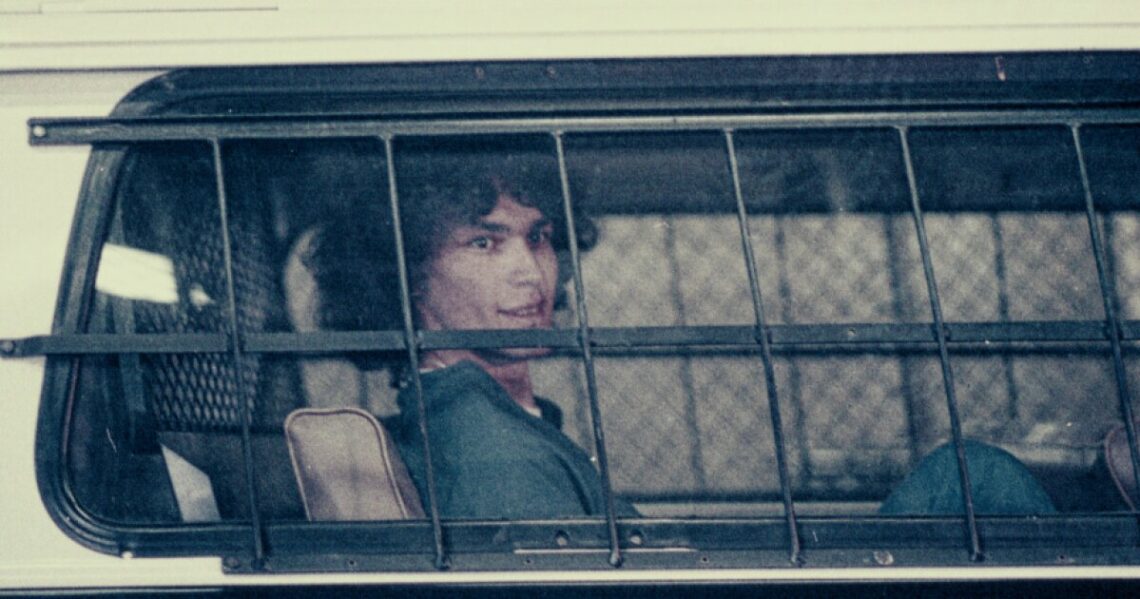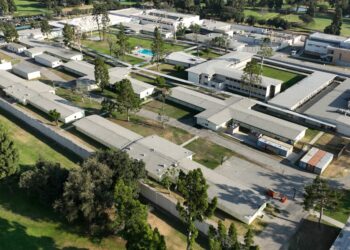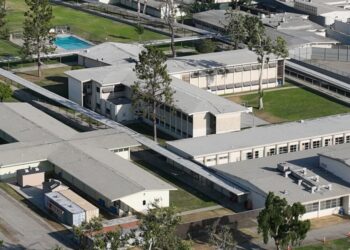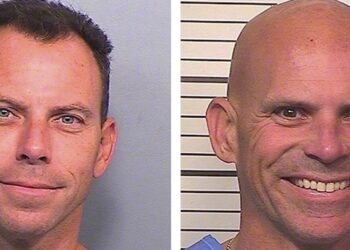California has been home to some of America’s most famed and feared serial killers, particularly in the 1970s and 1980s, when names like the Night Stalker and the Zodiac Killer dominated headlines. But today, you’re more likely to see those names on Netflix than in your newspaper. That’s because we just don’t see as many serial killers these days as we have in decades past.
Now, serial killers aren’t completely gone — just last year, police in Stockton, California arrested a 43-year-old man and charged him with seven counts of murder in a string of shootings that spanned a year and a half.
So, what changed?
Better forensics, smarter tech, and the power of knowledge
A few things, according to forensic neuropsychologist and Pepperdine Professor Dr. Judy Ho, who was a guest on our newsroom’s public affairs show, AirTalk — which airs on 89.3 FM. One that may seem fairly obvious is advances in forensic science and how law enforcement uses genetic data. This was most recently in the public eye with the capture of the Golden State Killer, Joseph DeAngelo, who was arrested in 2018 and charged with 13 murders, 51 rapes, and hundreds of burglaries across the state over a 12 year period in the 1970s and 80s.
“So this idea of genetic approaches, tracking offenders, the fact that we’re more on high alert, the fact that there’s more systematic protocols to root out people, especially when they start to commit crimes that are of a violent nature,” Dr. Ho told AirTalk host Larry Mantle.
Dr. Ho says that, in the case of “The Night Stalker,” Richard Ramirez, today’s DNA technology would almost certainly have allowed investigators to identify and capture…
Read the full article here







